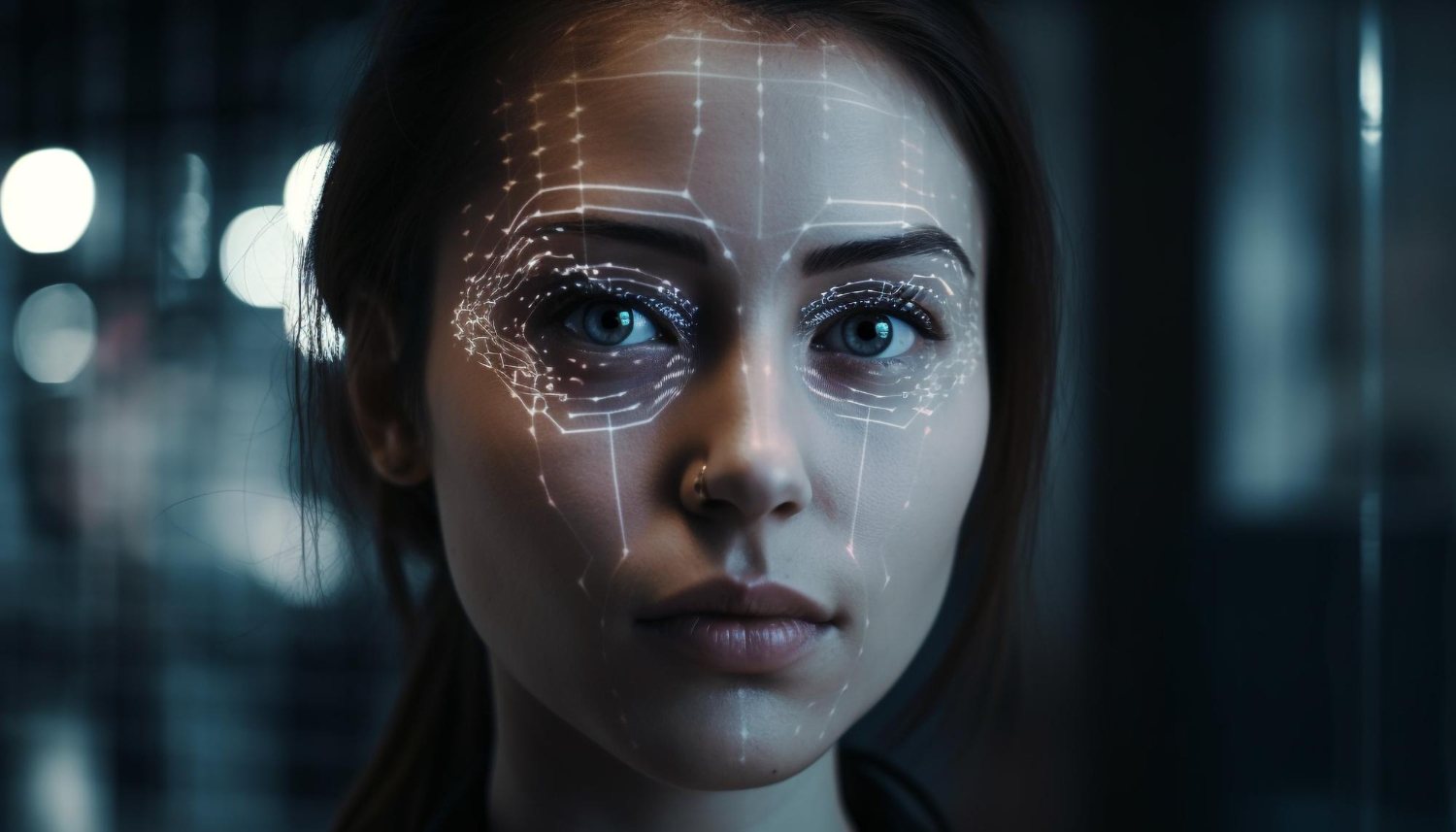Deepfake content has seen an alarming rise, with data from Sensity AI showing a 550% increase over the past five years. Deputy Minister of Communication and Digital Affairs, Nezar Patria, stated that the actual numbers could be significantly higher due to the increasing accessibility of applications that generate deepfake videos and images.
“I believe the real number is far greater because the ability of applications to create deepfake videos or photos is now very massive,” said Nezar.
Government Pushes for AI Content Verification Features on Global Platforms
Nezar called on global digital platforms to provide public tools to verify whether content was generated by artificial intelligence. He made the request during the Bentara Nusantara talk show, themed “Collaborative Efforts to Counter Hoaxes and Deepfake AI,” held at the RRI office in Jakarta.
“We hope global social media platforms can perform filtering or at least provide features to check whether content is AI-made or not. This feature should ideally be accessible to the public for free,” said Nezar.
He stated that platforms like Meta and Google already have the computational power and algorithms needed to support public interest. “If we doubt the contents of something, it could be checked with the computing power and AI they possess. This kind of feature could be part of standard services,” he explained.
Balancing Innovation and Regulation in AI Use
Nezar emphasized that the government is working to balance innovation with regulation, ensuring that artificial intelligence is not misused to produce hoaxes. Indonesia already has several legal instruments in place, such as the ITE Law, PDP Law, PP TUNAS, and other technical regulations.
The government is currently preparing specific regulations for ethical, meaningful, and responsible use of AI.
Collaborative Efforts to Counter Hoaxes and Deepfakes
The Ministry of Communication and Digital Affairs is also partnering with a broad ecosystem—including Mafindo and the media—in fact-checking programs. “The digital space belongs to all of us, so we need strong collaboration to protect the public from hoaxes and negative content,” said Nezar.
Deepfake Used Predominantly in Digital Fraud
Septiaji Eko Nugroho, Chairperson of Mafindo, stated that deepfake content first emerged in Indonesia in 2023 and has grown rapidly. He noted that deepfake is often misused for digital fraud and shaping public opinion, especially in political contexts.
“There are political issues, but deepfake is mostly used for digital fraud. If there's a hoax in video format appearing in 2025 with a digital fraud theme, most of it is deepfake,” he said.
Septiaji affirmed that Mafindo will continue working with the Ministry of Communication and Digital Affairs, the media, and literacy communities to verify hoax content, including deepfakes circulating online.
PHOTO: FREEPIK
This article was created with AI assistance.
Read More






 Saturday, 20-12-25
Saturday, 20-12-25







